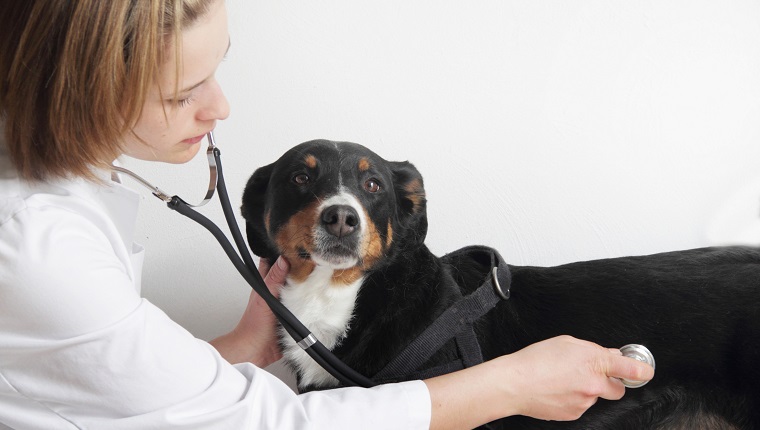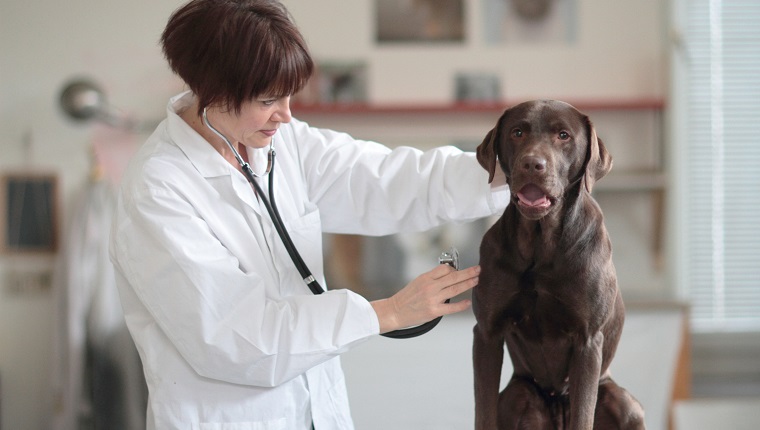Pulmonary mineralization in dogs is a medical condition that involves calcium building up in the lungs. It affect just one part of the lungs, or it can spread to other organs.
Generally, the condition seems to affect older canines the most. Although, in many cases, the precise cause of the condition is unknown.
If you see signs that your dog might be suffering from calcium buildup in their lungs, then you must consult your veterinarian for a proper diagnosis and course of treatment. Here’s what you should know about the symptoms, causes, and treatments of pulmonary mineralization in dogs.
Symptoms Of Pulmonary Mineralization In Dogs
Pulmonary mineralization in dogs might not necessarily result in any noticeable symptoms in some cases.
However, in other cases, the most common symptoms may include:
- Coughing a lot
- Making strange sounds while breathing
- Seeming resistant to exercise and activity
- Shortness of breath
- Cyanosis (bluish skin discoloration)
- Increased rate of breathing
Causes Of Pulmonary Mineralization In Dogs

Pulmonary mineralization in dogs is often an idiopathic condition, meaning the precise cause is unknown.
In some cases, the following issues have been suggested as contributing factors to developing the condition:
- Immune system responding to an injury
- Increase in calcium and phosphate
- Hyperadrenocorticism (secreting excessive cortisol)
- Infections
- Inhaling a foreign object
Additionally, the condition seems to most frequently affect older dogs who are over ten years of age.
Veterinary Treatments
If you suspect that your dog is suffering from pulmonary mineralization, then your veterinarian will want to carry out a full examination. Your vet will also ask about any symptoms that your dog is experiencing.
They’ll order blood and urine tests. X-rays and CT scans can also help your vet to examine your dog’s lungs more closely, while a lung biopsy can help detect whether a calcium buildup is present.
When it comes to a course of treatment, the vet may use medication to help with breathing issues or clear up any infections. As ever, if your vet prescribes your dog medication, it is vital that you stick to the precise dosage and frequency instructions and complete the full course of medicine.
Has your dog developed pulmonary mineralization? Did you see any symptoms that helped you know something was wrong? Tell us all about it in the comments below.









